For some Coloradans, the double payoff of being out in nature and having the ability to round up incredible things to eat is a major selling point of living in the Centennial State. Foraging locally offers the opportunity to track down and harvest everything from mushrooms professional chefs pine to cook with to an array of sweet, tart, and colorful fruit.
Today, we’re covering some of Colorado’s best natural offerings when it comes to foraging, but first, a word of caution. It’s dangerous to harvest and eat food that you don’t know how to identify. The information here is intended to be fun and educational, not instructional. It’s crucial to be 100% sure that what you’re eating is safe and identifiable during the foraging process.
Here are some wild foods you can forage in Colorado, in no particular order:
Wild asparagus
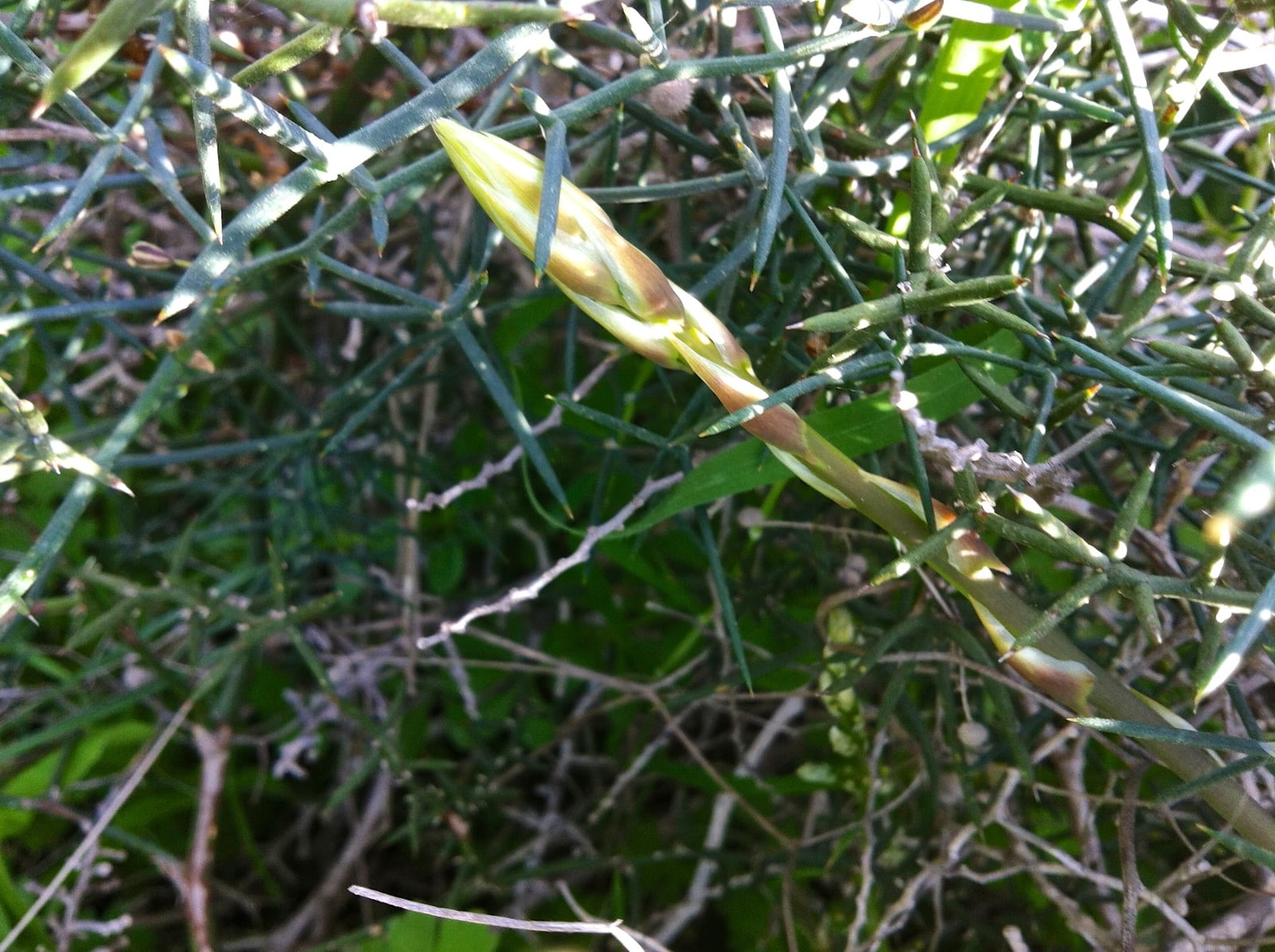
Despite its uncanny ability to make pee smell weird, asparagus makes an incredibly versatile and tasty addition to any meal. Expert foragers claim that the taste of wild asparagus compared to the varieties that are offered in grocery stores doesn’t compare. Asparagus is perennial, which means you’ll find it growing in the same spot every year.
In Colorado, your best luck finding it is in early May growing along the fences of irrigated pasture land. The Modern Forager blog recommends looking for old tall stalks as a way to track down new, delicious, and pee-altering growth.
Black and yellow morels
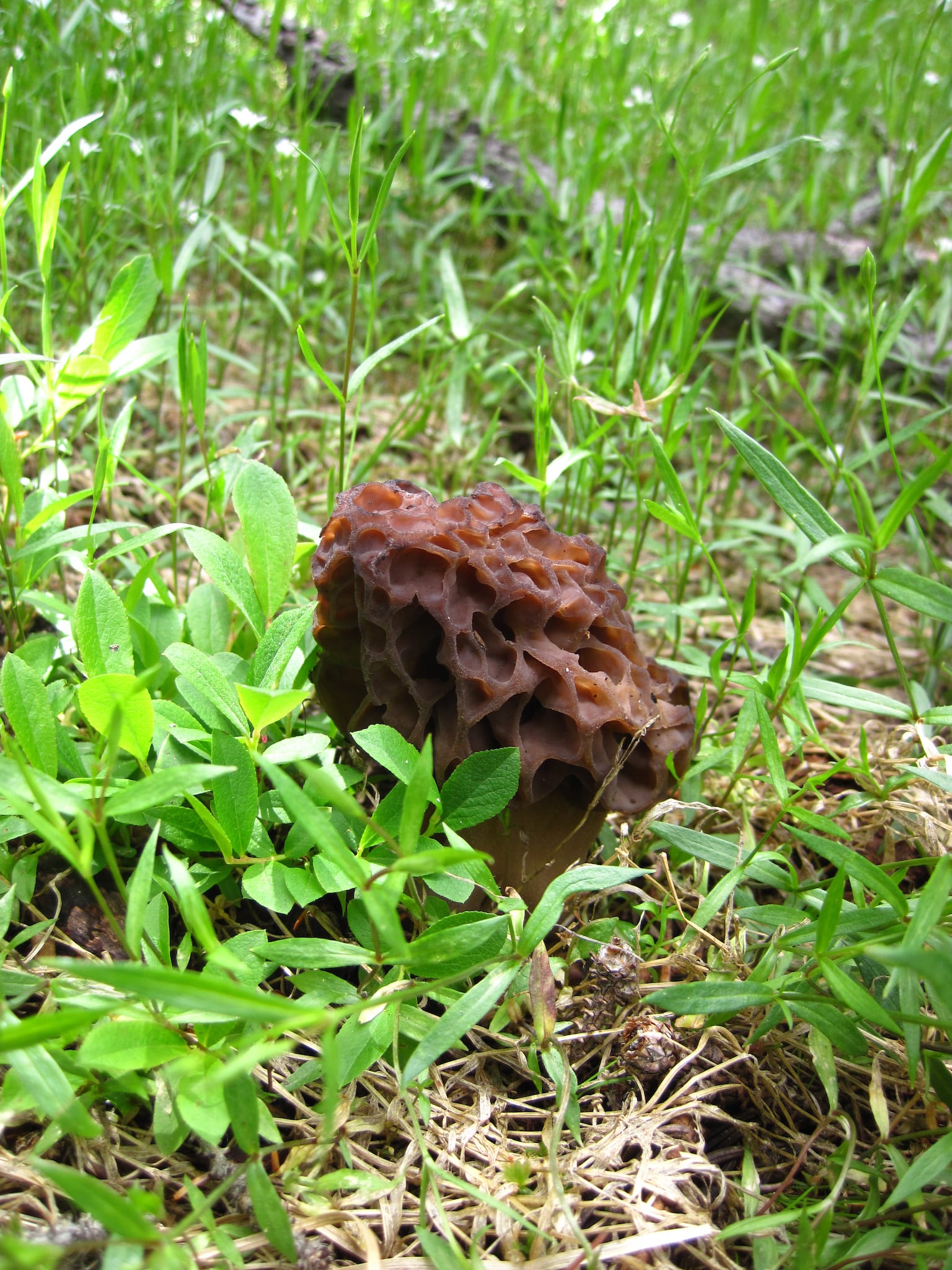
If you’re a fan of mushrooms, the nutty taste of black and yellow morels is something you won’t forget. The fact that these mushrooms are incredibly elusive makes them even more coveted by foragers and professional chefs. While forest fires are a constant source of anxiety and despair for much of Colorado, forested areas that have experienced fire events offer some of the best opportunities to find morels.
They’re also commonly found at the edge of forested areas where ash, aspen, elm, and oak trees live. Dead trees and old apple orchards are also prime spots for morels.
Wild strawberries and berries
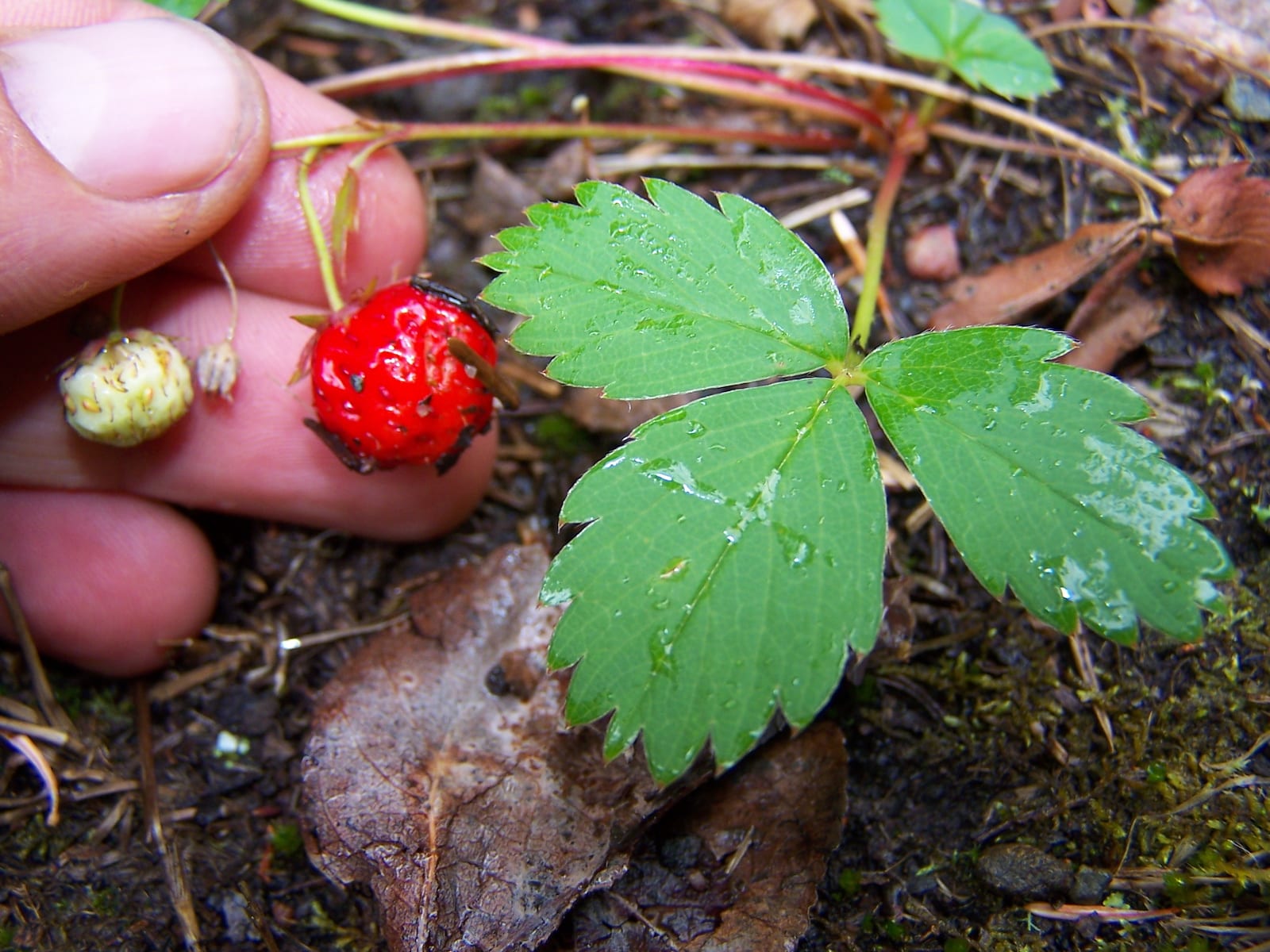
While some people are allergic or just don’t like the taste of them, most people in Colorado and beyond love strawberries. But when it comes to locally foraging for these astoundingly sweet and juicy berries, you’ll need to think much smaller compared to the conventional varieties you’d buy at the store.
If you’ve ever hiked through the mountains and saw tiny red fruit that resembled strawberries, what you saw might very well have been wild Colorado strawberries. You can also spot berry clusters similar to raspberries, which are quite delectable. Your best bet for finding these is late spring and early summer.
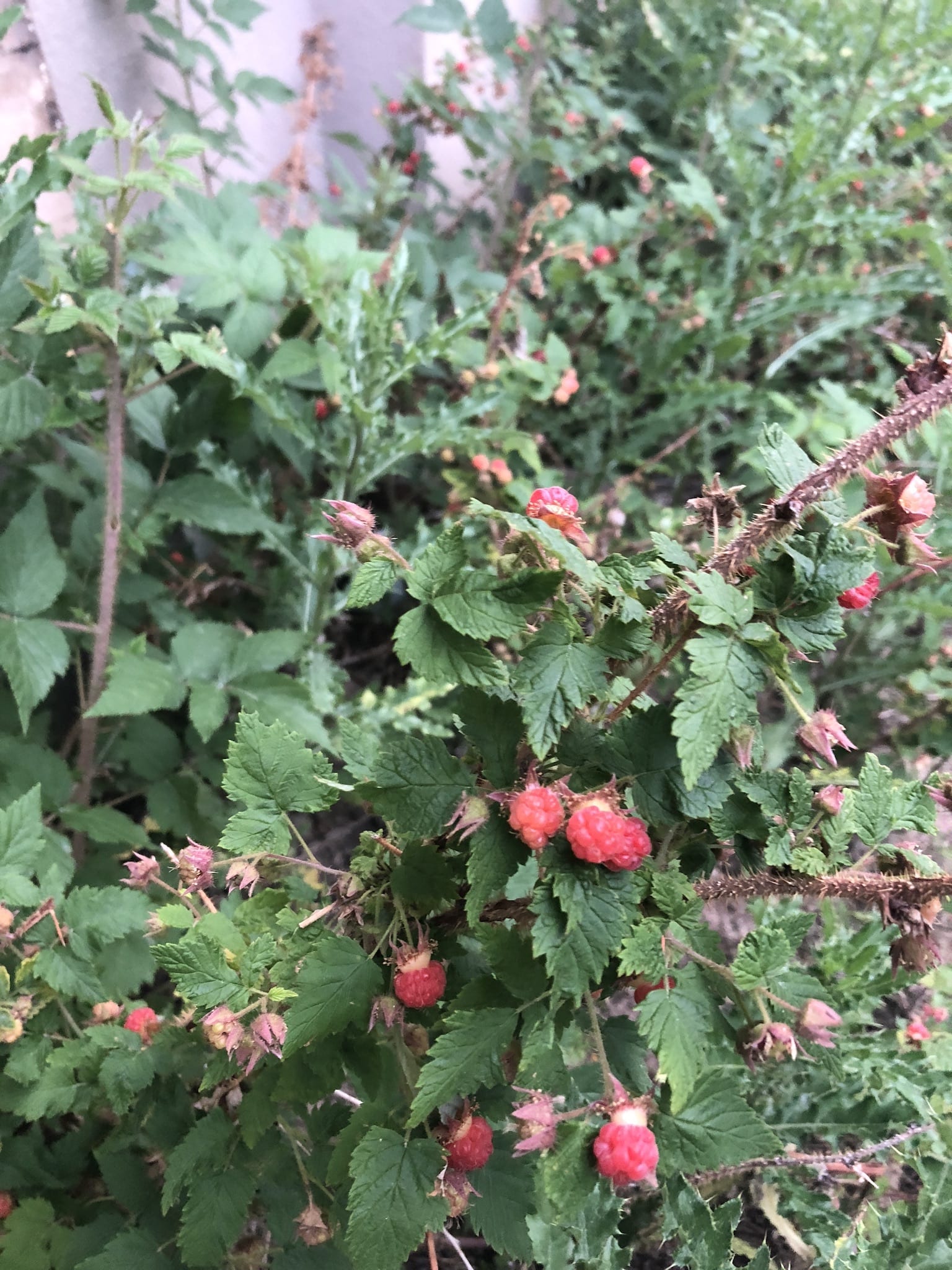
With adorable tiny red berries that emerge in summer, wild strawberry plants can be identified by their blue-green leaves, small groupings of white flowers, and long red stems. While you’ll need to harvest loads of berries to cook with or snack on due to their small size, their unforgettable sweet taste will be worth the extra effort. High in Vitamin C, the leaves and berries of these plants can be steeped and drank as a delicious tea.
Prickly pear
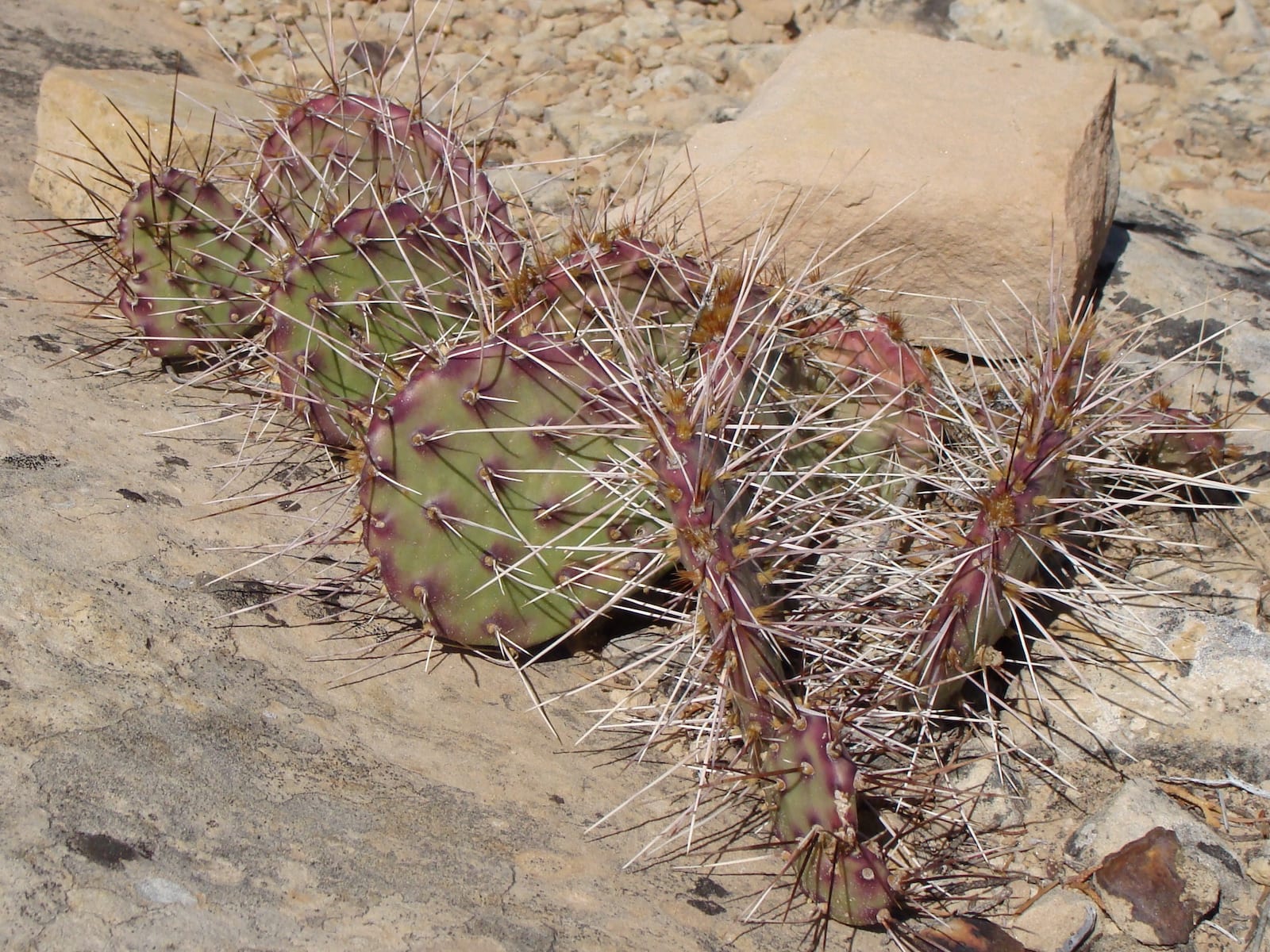
As you’d expect, dealing with this cactus’ sharp needles is no picnic. But for tenacious foragers willing to put in the work, they’re a rewarding natural offering that’s as bountiful as they are easy to find. Thick gloves are mandatory while harvesting prickly pear, but not for the reason you’d expect. Its long needles (spines) can easily poke through the skin of your hands, but the prickly pear’s tiny hairlike needles are what usually cause the most pain and irritation.
The edible parts of the prickly pear can be split up into three sections: the green pad, or base of the cactus, the flowers, and the colorful fruit that grows at the top of the plant. Small younger plants are thought to be much tastier than older ones. Because of Colorado’s dry climate, prickly pears can be found throughout the state.
Wild plums
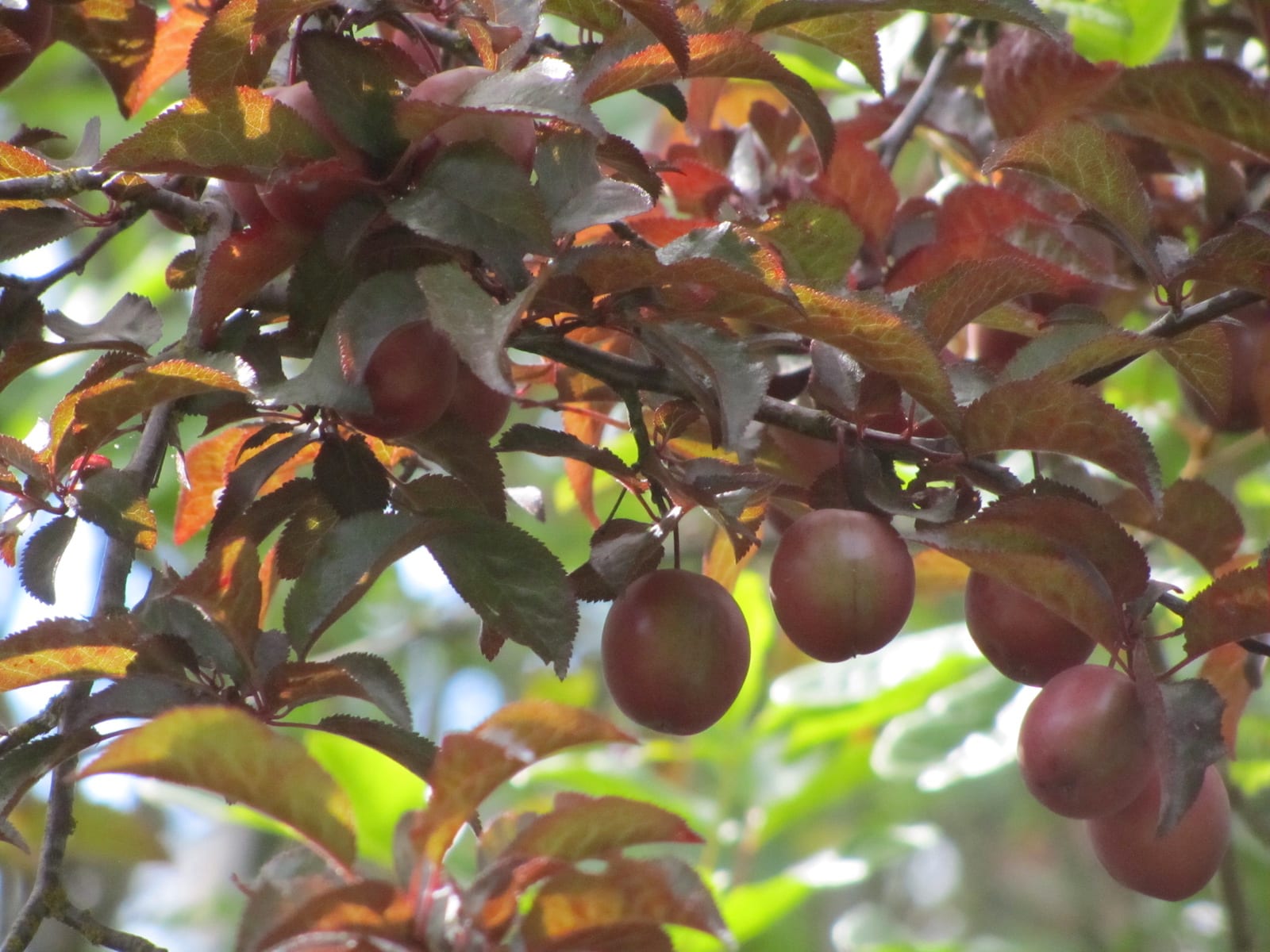
Discovering a wild plum tree in Colorado is pure joy for most local foragers. These trees are found near streams and irrigation ditches in the foothills and across the plains. In spring, wild plum trees are adorned with a stunning explosion of white flowers.
Later in the summer, sweet purple, blue, and reddish fruit appear on the trees that can be harvested before the fall. Wild plums are incredible when eaten fresh, and are excellent for all manner of jams and jellies.
Dandelions
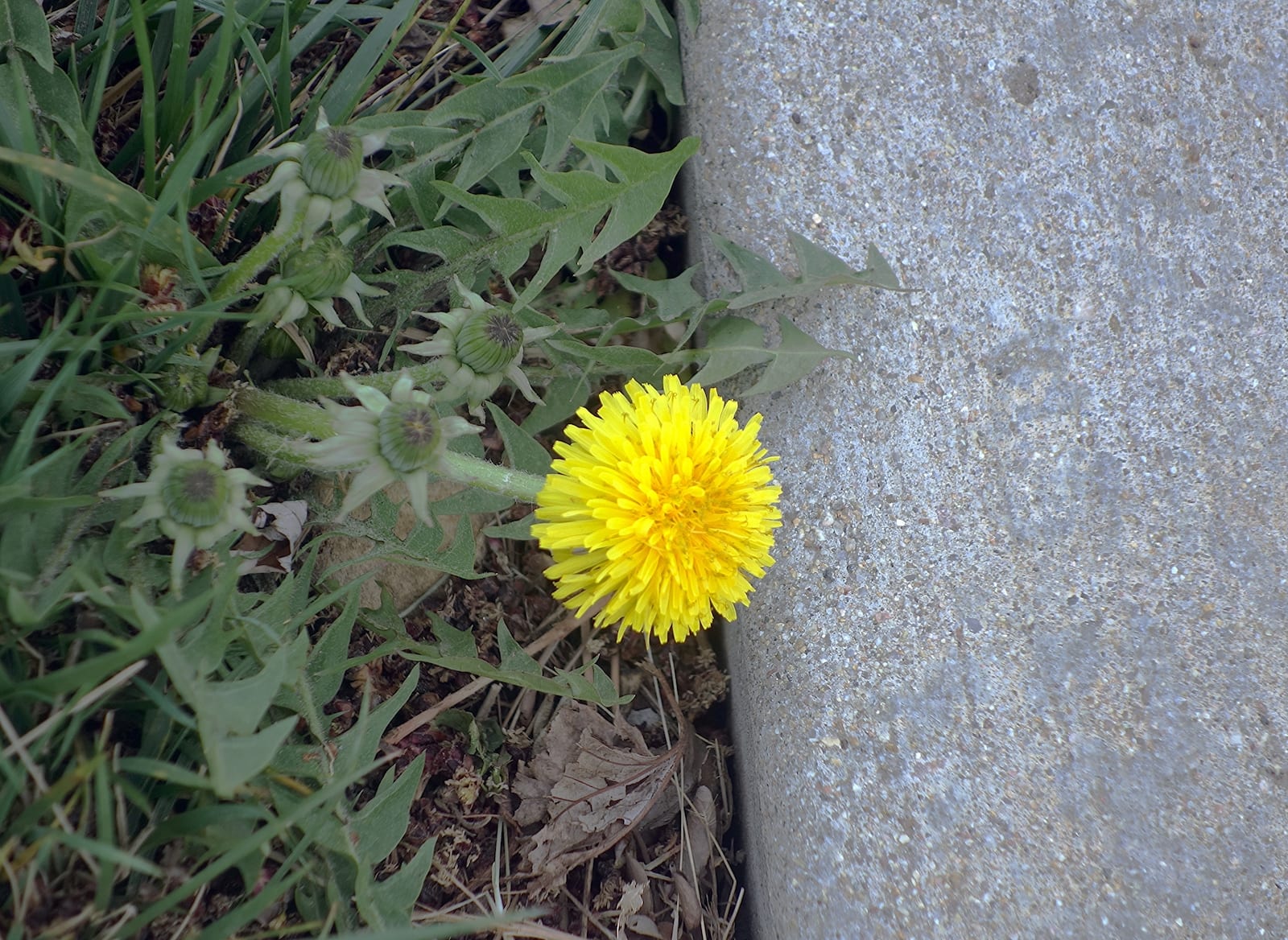
If you’ve ever wanted to exact revenge on one of the most common types of weeds to invade your lawn every spring, this is your chance. Dandelions are not only nutritionally dense but are also downright delicious by many accounts. With a spicy taste that’s often likened to arugula, every part of the dandelion can be harvested and eaten, from the flower to the leaves and stem.
Dandelions can be used in soups, salads, or fried, and some crafty foragers even grind up their roots and brew them as a substitute for coffee. Dandelion foraging is remarkably easy because the weedy little buggers are everywhere you look in Colorado during the spring and summer.
Orache (wild spinach)
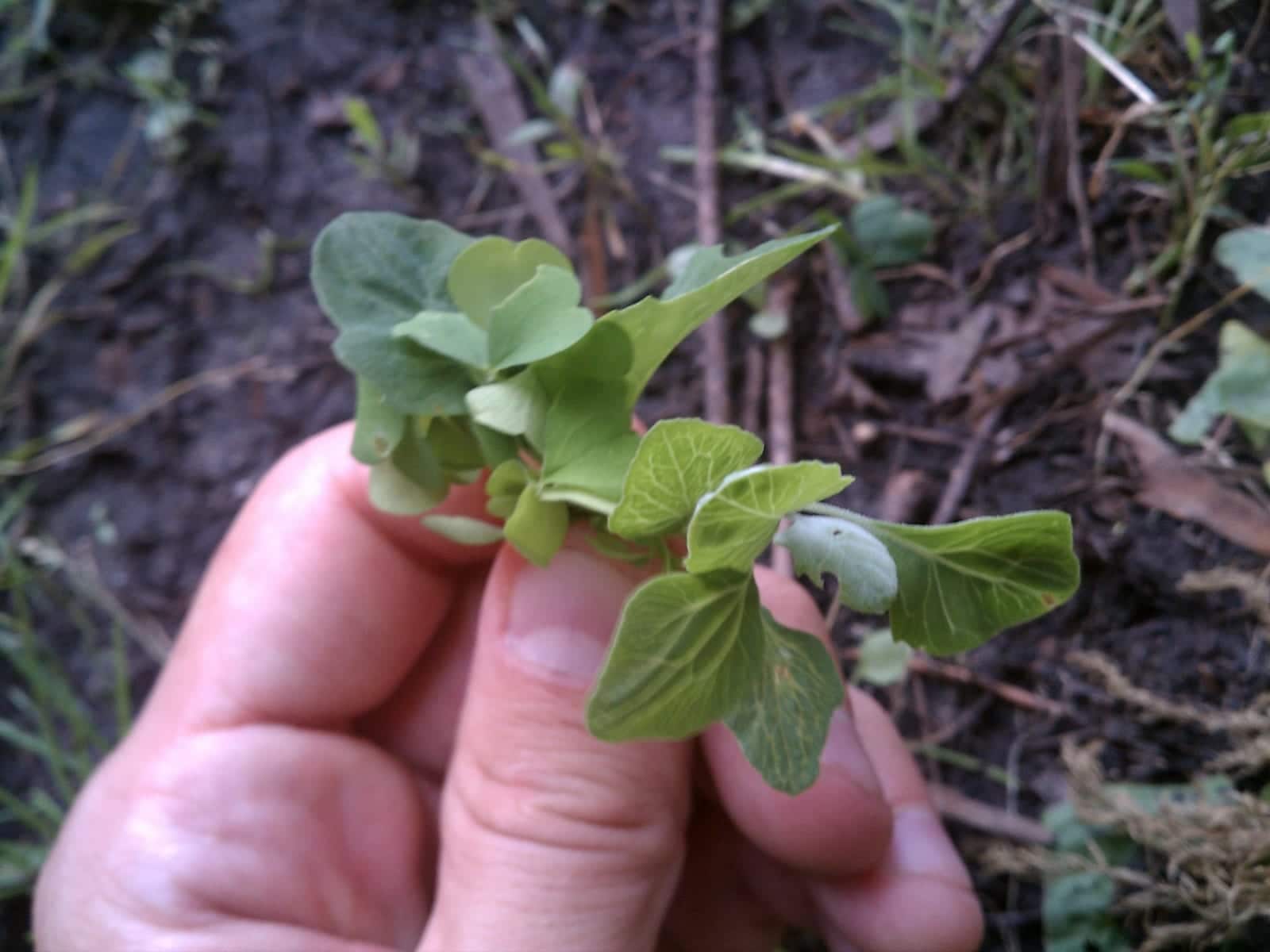
This salty green can be found across Colorado and is regularly spotted in populous areas like Denver. Growing in alkaline soils, orache is a delicious find but is reserved only for knowledgeable foragers because it closely resembles other plants such as bindweed, which is not recommended for eating. Orache is prime for pizza toppings, salads, and pastas.
Porcini
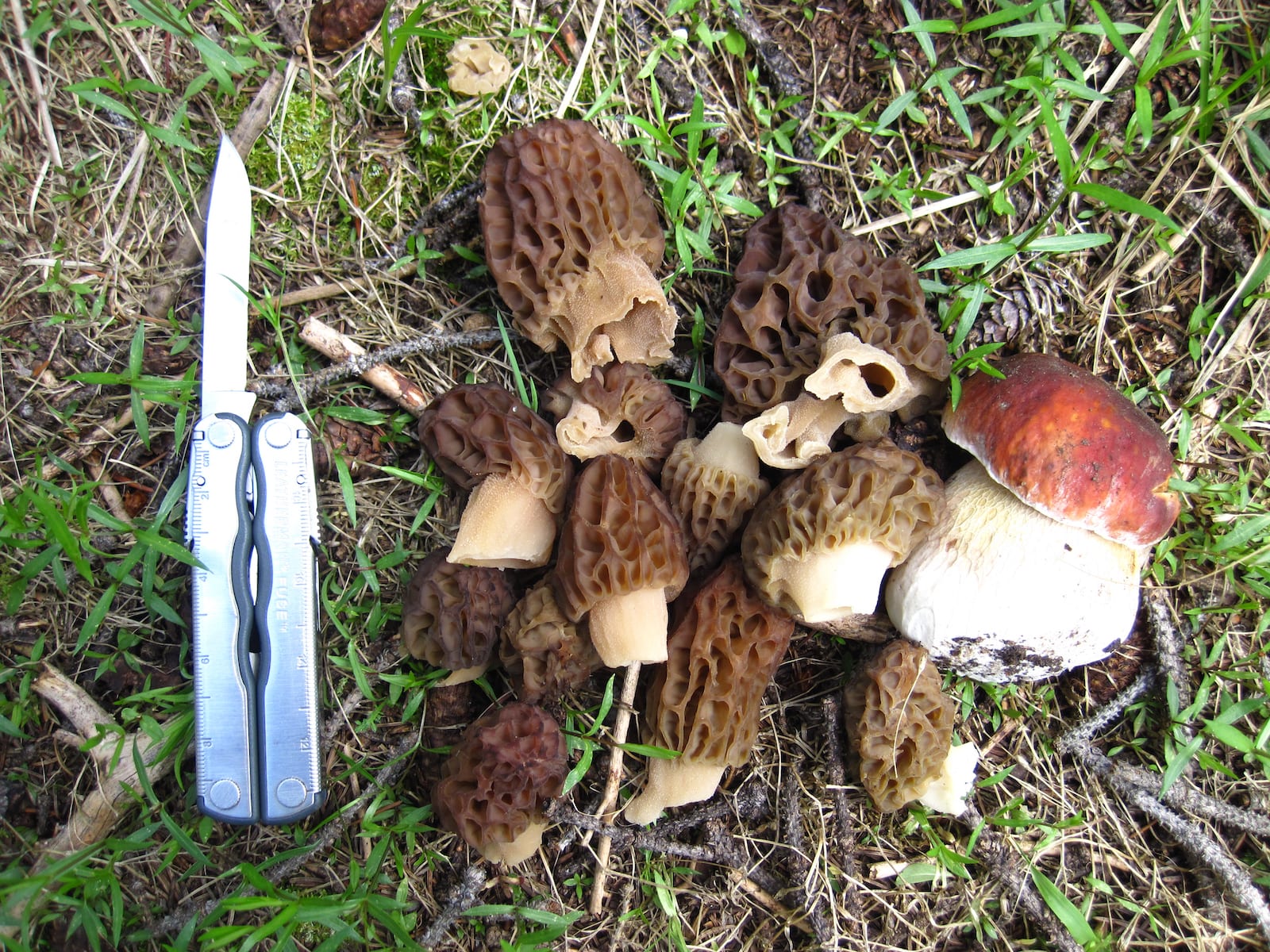
If you live in the relatively dry climate of Colorado’s front range, you might not realize it, but fungi foragers from around the world flock to the state’s mountains in search of delicious mushrooms. Found in the high country between elevations of 10,500 and 11,200 feet, the porcini is a high-maintenance mushroom when it comes to weather, and it won’t grow without a combination of monsoon rains and sustained summer heat.
Mushroom fans love the meaty taste of porcini, but with close lookalikes that can upset your stomach, attempting to forage them without knowing what you’re doing is a bad idea.
There’s a lot of goodness growing throughout Colorado. Remember to learn as much as you can about what you decide to forage for, and happy hunting!

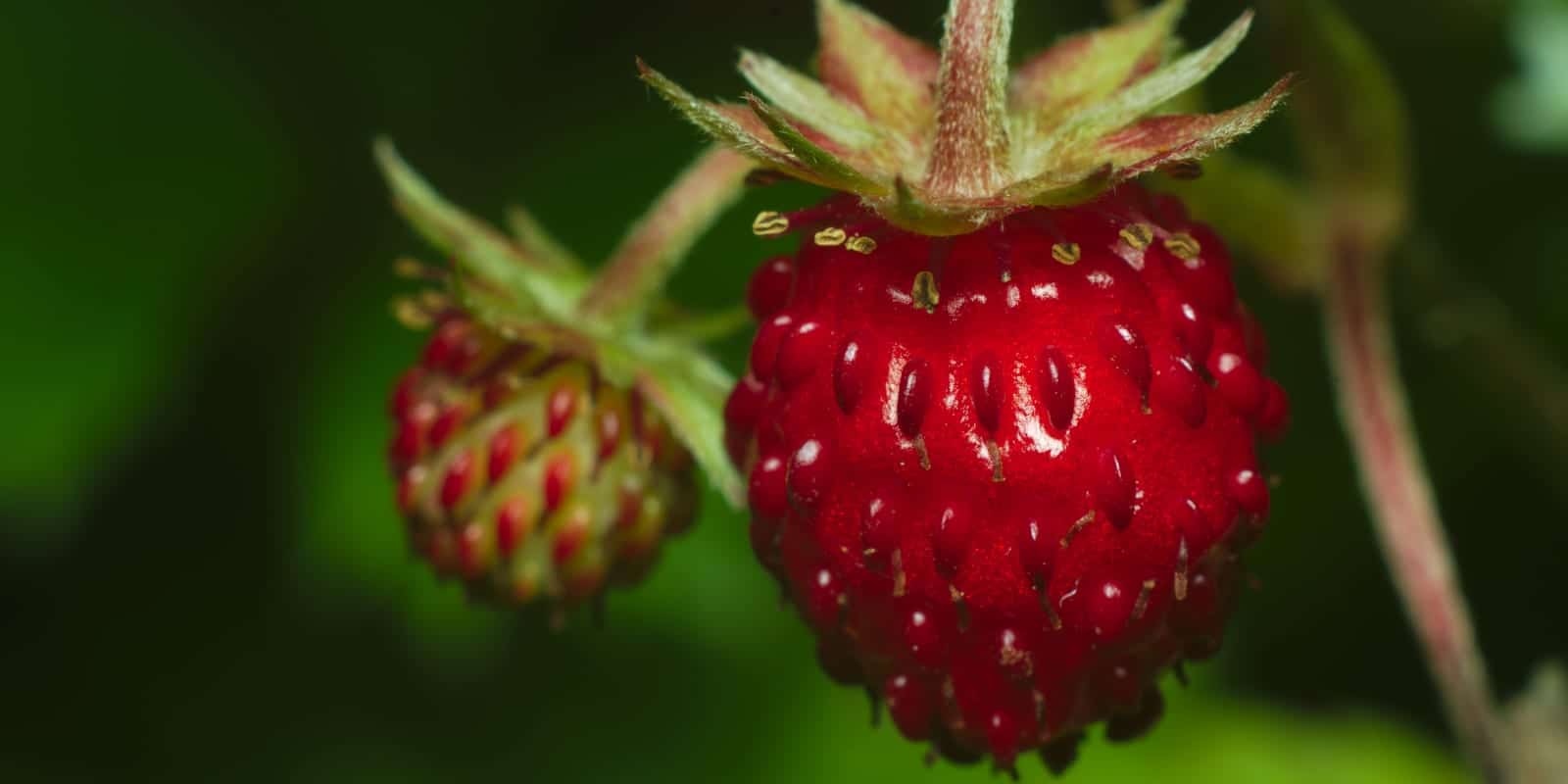
 The Broadmoor’s Upcoming Spring and Summer Events
The Broadmoor’s Upcoming Spring and Summer Events